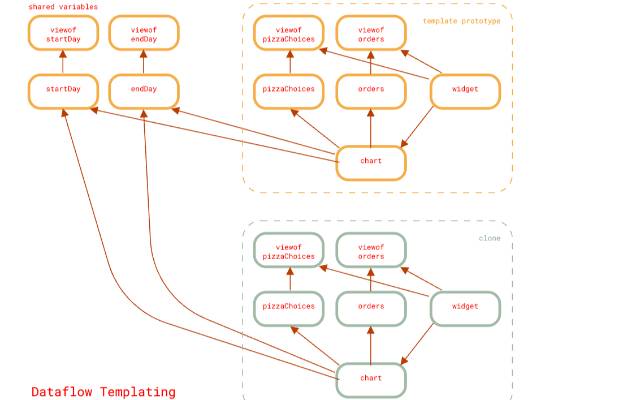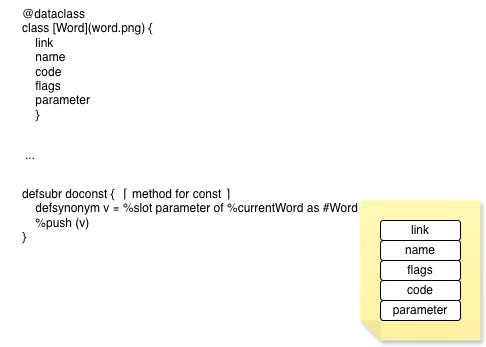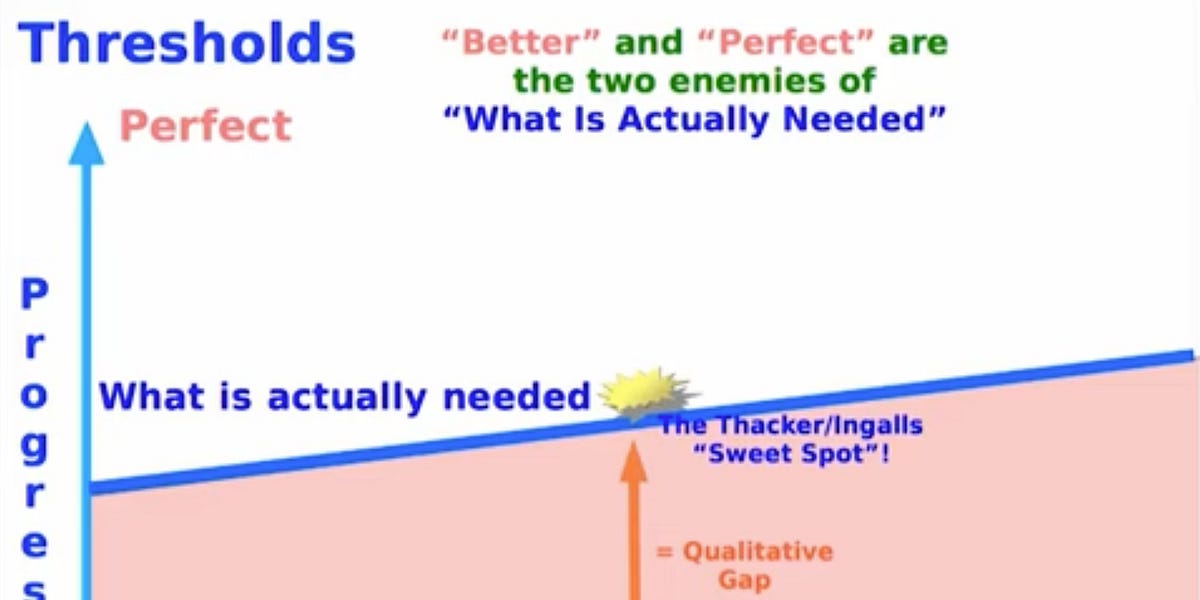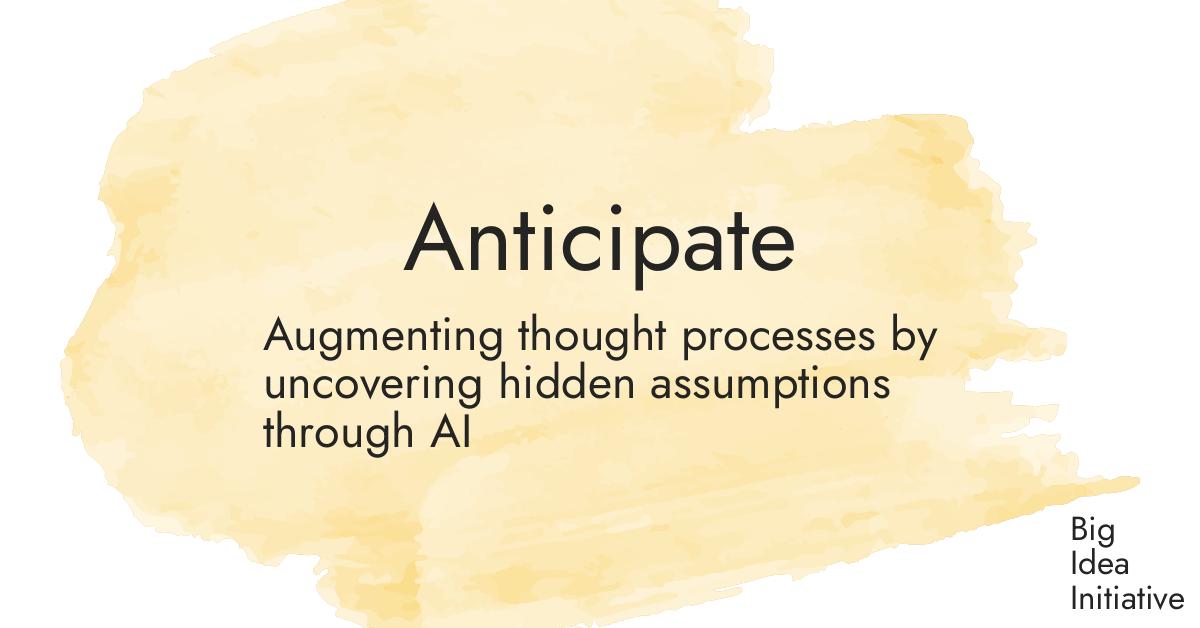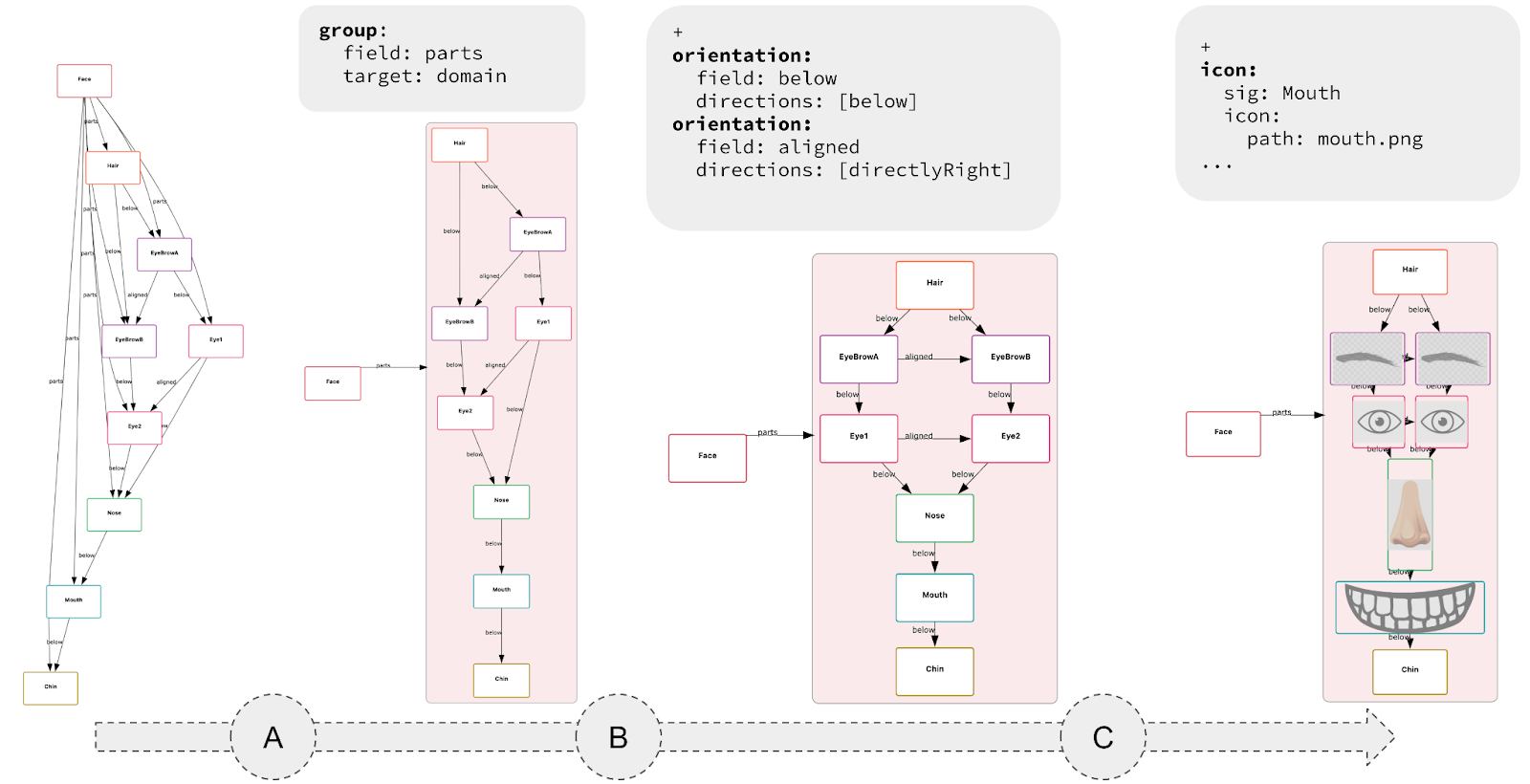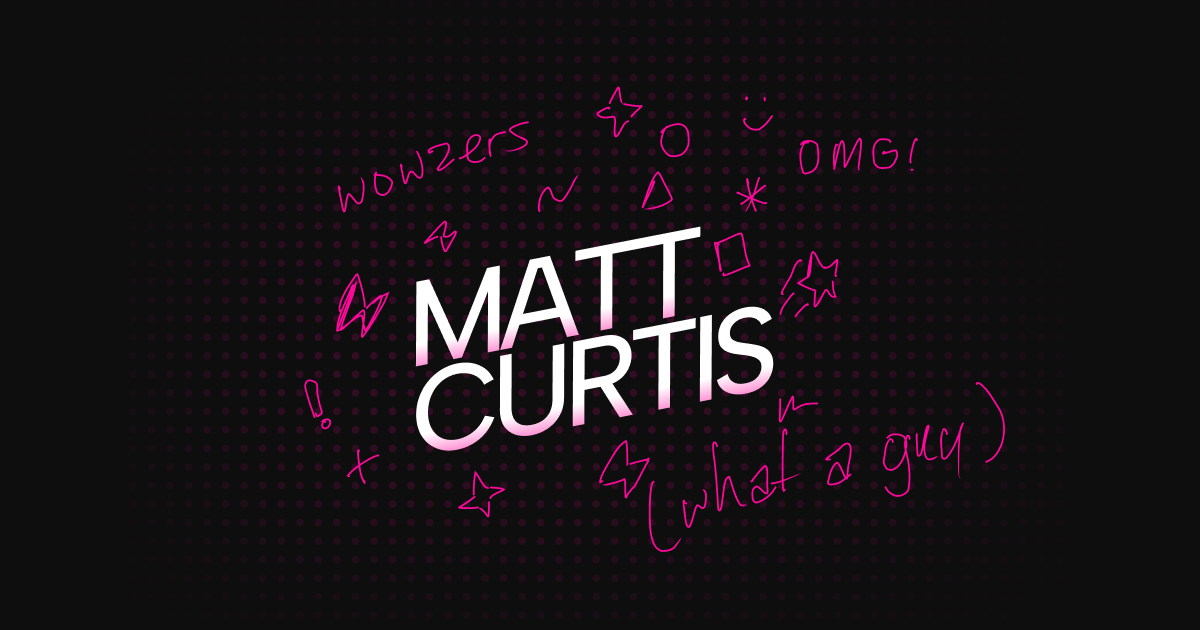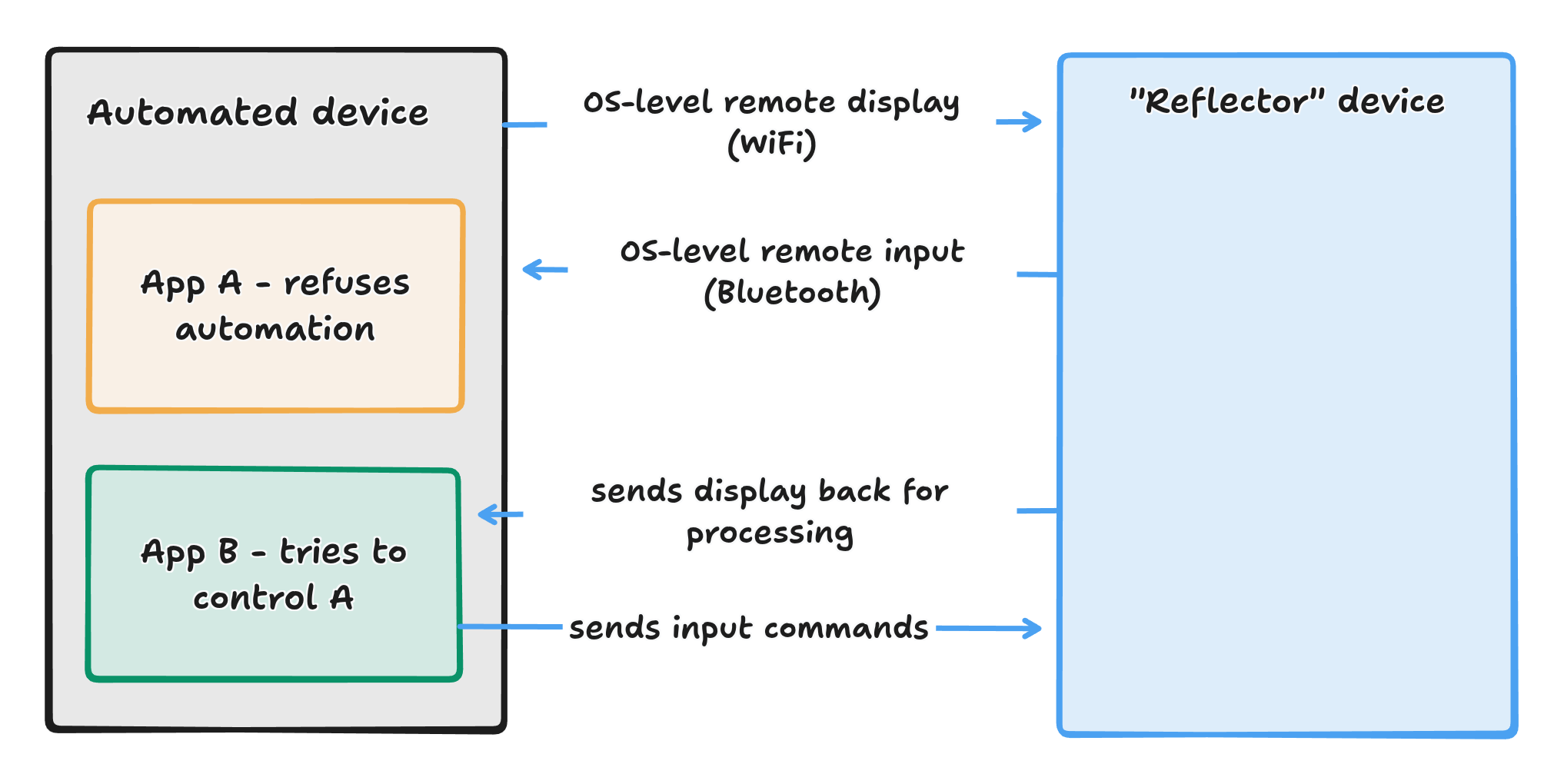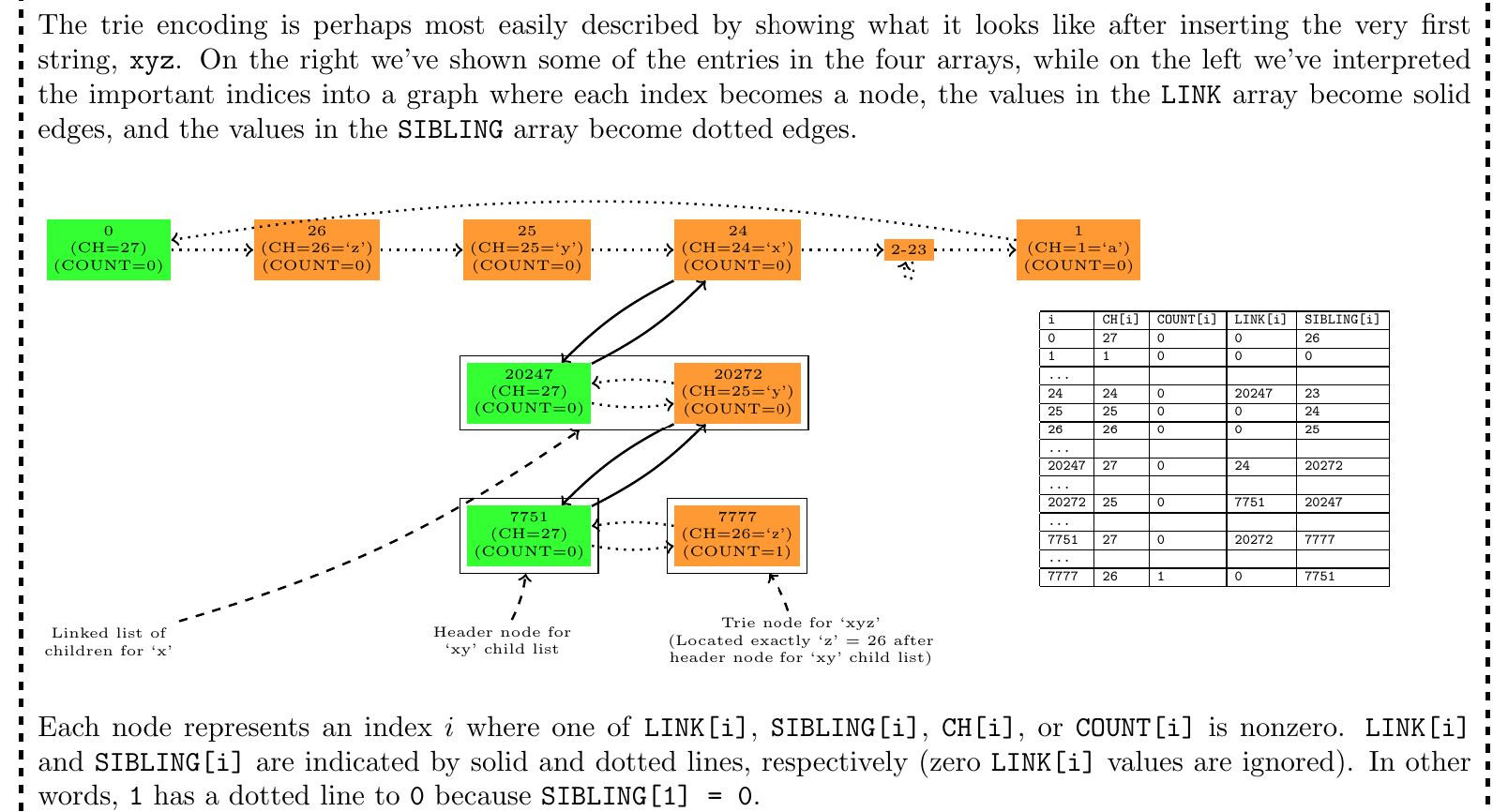Future of Coding Weekly 2025/12 Week 4
2025-12-22 10:00
📇 HyperCard on the Macintosh 🎥 This Music is So Meta it's Physically Painful 🎥 Better coding tools: Static & dynamic error handling
Two Minute Week
🗨️ Ivan Reese:
This channel gets basically no action, and it's been years(?) since I've shared here, so I'm allowing myself four minutes for this. Sorry, pedants!
In this video I show a code sketch of a gestural notebook interface, something I made off-and-on over the past two weeks. This is for the PlayBook project.
Share Your Work
🗨️ Jason Morris:
Blawx is a Blockly (think Scratch) visual coding interface wrapped around a constraint answer set programming declarative logic language [s(CASP)], targeted at generating legal knowledge representations that are exposed over an API to give reliable, transparent legal reasoning to agentic systems. As of last night, it's finally (6 years after I originally conceived of the idea) a SaaS product. If anyone is interested, the MVP is live at http://app.blawx.dev.
🗨️ Emil H: 🎥 Better coding tools, ep07 - Static & dynamic error handling
I'm back after 5 years 🙂 Should errors be discovered at compile time or run time? False dilemma! This video demos a prototype IDE which gives us the best of both worlds. https://youtu.be/zY8DlABDp58
Features:
- The prototype will tell you about static type checking errors at compile time, but still let you run the program = less friction.
- You can set a start line and run the code from that line forward.
- Then as you inevitably encounter undefined variables, you can define their values live in the debugger.
- Variable values from your previous run are saved for easy re-use.
You can play with the prototype at https://emilprogviz.com/ but better watch the video first.
🎥 Better coding tools, ep07 - Static & dynamic error handling

DevLog Together
🗨️ Dennis:
new: divs, arrays, vector math- now we can lerp (concisely)
Linking Together
🗨️ Ivan Reese: 📇 HyperCard on the Macintosh
Lovely little article about HyperCard, including some historical context I'd not previously seen, and a general plea to do more weird stuff like this. (And yes, article, node-wire spaghetti is my idea of no-code Nirvana).
🗨️ guitarvydas: 📝 Evidence In Support of Visual Programming
Evidence in Support of Visual Programming
At 53:32 of this video, Alan Kay points to evidence in support of visualization. ...
🎥 Alan Kay: Doing with Images Makes Symbols (Full Version)

🗨️ Ivan Reese: 📝 Why I Didn’t Sign the Resonant Computing Manifesto: The Foundations Need Work
Nice critique of the Resonant Computing Manifesto. I found the manifesto distasteful, but largely because of how it incorporates AI. My own impression felt knee-jerk to me, but I didn't bother digging any deeper, so to that end this post satisfies.
-> 📝 Why I Didn’t Sign the Resonant Computing Manifesto: The Foundations Need Work
🗨️ Seth Hinz:
Curious how many people here are in the greater vancouver area (BC not WA)? A vancouver FoC meetup could be fun (although I'm still in SF for the time being 😅)
Music
🗨️ wtaysom: 🎥 This Music is So Meta it's Physically Painful
TodePond Merry Christmas https://www.youtube.com/watch?v=z8-g4ydssxY.
🎥 This Music is So Meta it's Physically Painful

Present Company
🗨️ Ivan Reese:
I'm gonna do something I don't normally do and call out a project as being good but not good enough. I don't normally do this because it feels a bit like infighting. Here are some people doing exactly the sort of work I want to encourage more people to do! But, I'm trying to come at this like Alan Kay when he said the Macintosh is the only computer good enough to be criticized.
This project — Lem — is an editor/IDE written in Common Lisp. It seems pretty cool. One feature is called Living Canvas:
Living Canvas is a visual code analysis feature that displays function call graphs as an interactive, Figma-like canvas. It helps developers understand code structure, relationships, and execution flow.
There's a nice video on that page which shows how you can interact with this visualization to browse through a codebase, viewing relationships between units of code and jumping to definitions. Pretty nice!
But… but but… they describe it as "figma-like". If this were actually figma-like:
- I'd want to be able to write / draw on the canvas, to leave myself notes about the structure of the codebase.
- I'd want this canvas to be a collaborative space, so that other people could join me as we talk about and make notes about the architecture of our project.
- I'd want to be able to embed other media, like links to docs, github issues, pdfs, ADRs, etc, and pepper them around the graph.
- I'd want to be able to group nodes as I see fit, rather than merely by file.
- I should be able to move nodes freely with the mouse. Annotations on the canvas should stay where I put them, because spatial arrangement is profoundly meaningful. But I should also be able to attach things to a node, so if I move it, the things go with it. (Final Cut Pro X's timeline makes pretty deep / fascinating use of these sorts of attachments, wildly different from all other video editors)
- I want to be able to meaningfully edit the nodes. This view shouldn't just be a viewer. I want to be able to refactor a function by (eg) double clicking a node to view its source code, selecting some of that code in the text editor, then dragging it out into an empty spot on the canvas, typing name for a new function, and having a reference to that name appear in place of the selected code. This is a lisp, so it should be able to do a pretty good job of handling this sort of structured edit.
- I want other views, not just functions-as-nodes. Maybe a view of variables. Maybe a view of tests. Maybe a view of types / data structures. Figure out how to make these meaningfully spatial, and what affordances they should have. Figure out how to use transclusions so that I can sort of "peek around the corner" from one of these views into another view.
- let me lasso some nodes in the canvas, create an isolation boundary around them, then let me feed some data in at one point and see what data pops out — sort of like a smoke test, but where I can just visually pick both the outer and innermost depth of the graph to be interested in, without having to (eg) create stubs / mocks / doubles. (this idea occurred naturally from thinking, for like 5 seconds, about drawing shapes around my code in this graph. would love to see what we could do if we thought about it for 5 minutes.)
🗨️ maf: 🎥 Intro to Advanced Wandcrafting | Noita Guide
Here is a coding-related game recommendation for anyone who hasn't played it before: Noita (https://www.youtube.com/watch?v=hDFdi8XU6M0). It's a roguelike that after a couple of hours transforms into a god simulator game. Best experienced with the "Spell Lab" (https://modworkshop.net/mod/30168) & "Respawn" (https://modworkshop.net/mod/25842) mods.
🎥 Intro to Advanced Wandcrafting | Noita Guide

🗨️ Ivan Reese:
We've got two people signed up to demo at our meetup on the 31st. Ideally we'll have one more. Any takers?
👨🏽💻 By 🐘 @[email protected] 🐦 @warianoguerra
💬 Not a member yet? Check the Future of Coding Community
✉️ Not subscribed yet? Subscribe to the Newsletter / Archive / RSS
🎙️ Prefer podcasts? check the Future of Coding Podcast

![[Onward!'25] Let's Take Esoteric Programming Languages Seriously](https://i.ytimg.com/vi/ewEiwdEApLc/hqdefault.jpg)
